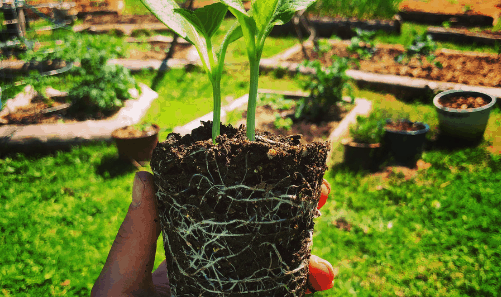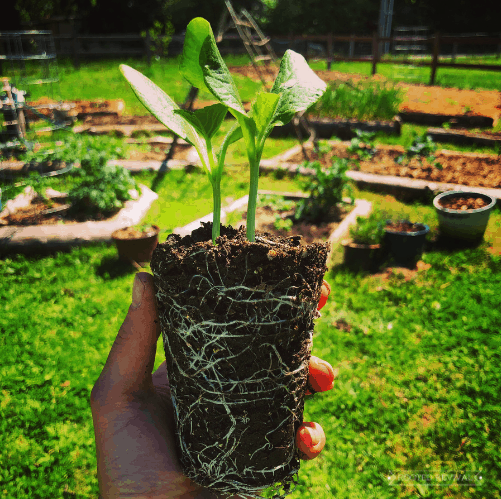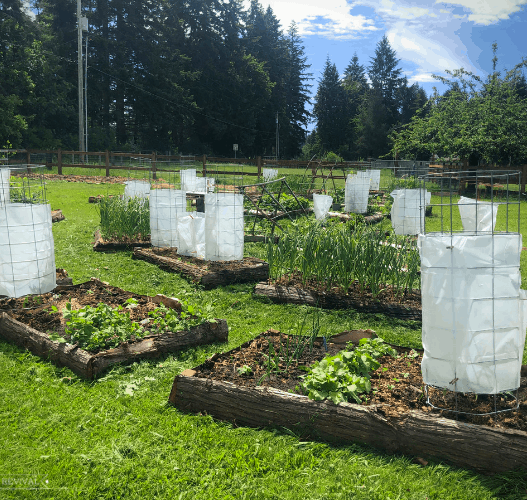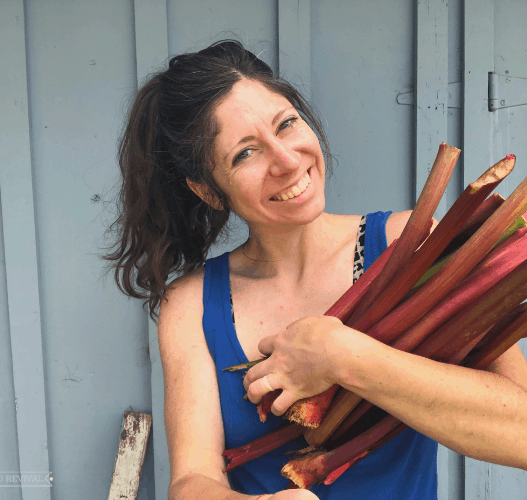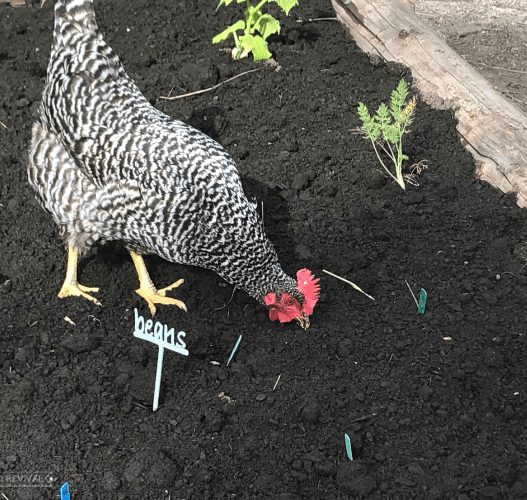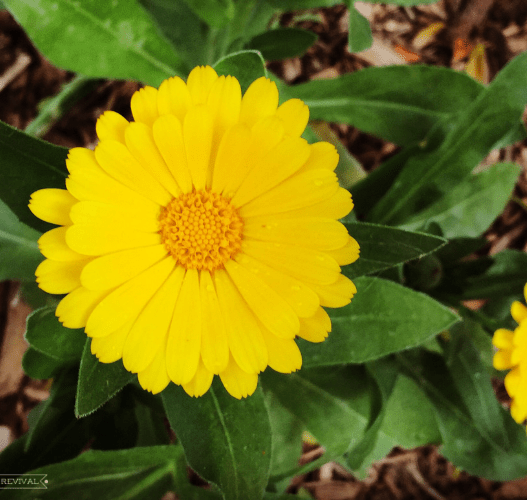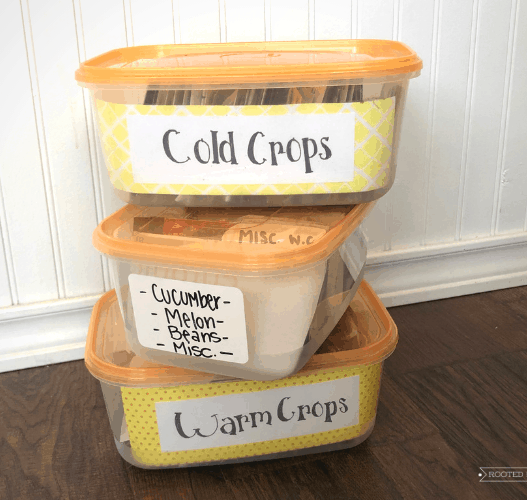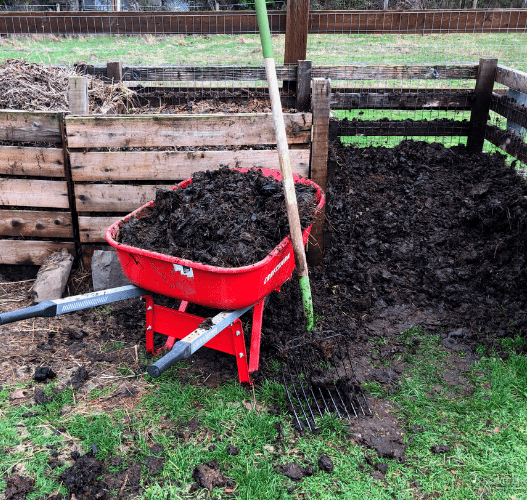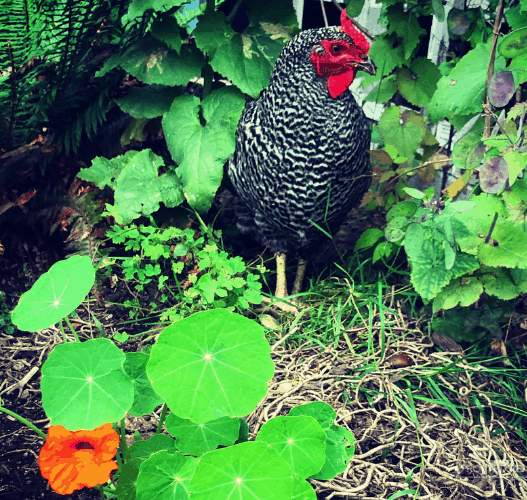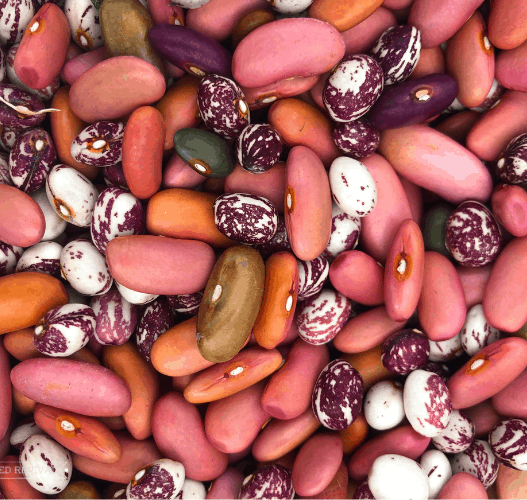Fear not! It’s not too late to plant a garden! Here are some tips to ensure you can enjoy a great harvest, even with a late start!
In late spring and early summer, one of the main things I get asked from my coaching clients and blog readers is the question: “Is it too late to plant my garden?”
My answer is always a resounding “it’s definitely not too late!”
I get it! Life gets busy! Things fall off the radar. One moment the tulips are just starting to pop up and the next it’s suddenly June and your sweatin’ out of your shorts longing for the watermelon you didn’t plant.
But, don’t despair! You can still have a thriving garden full of produce before the end of the season! It’s not too late to plant a garden!
Is it too late to plant a garden and have it be productive?
Last year I was super late getting my garden started! I usually start my garden planning and planting in January! But we were packing up and moving from Idaho to Washington in February. The garden was the last thing on my radar!
Last year, we we were waaaay behind because of our move! How far behind? This far behind:
- I started my hot crops from seed at the end of March (they should have been started in early February!)
- I didn’t have any plan for our garden space and garden layout until the end of April.
- It was the end of May when we built and filled our first garden beds. It took us until the end of June to complete all of the beds.
- My tomatoes and peppers plants didn’t get planted out until the end of June!
Despite all of this, we had an incredibly productive and thriving garden! So don’t throw in the trowel yet!
Sure, we could have written off the garden last year, thinking that it was too late to start. But I am sooo glad that we didn’t! Our production was smaller than usual, but we were still able to grow a large amount of food to feed ourselves throughout the growing season and winter!
Moral of the story: It’s not too late to start your garden!
Even in June, there is still a lot of time to grow a productive garden in most regions! But, if you are getting a late start, there are a few things you can do to ensure it’s as successful as possible.
So, let’s dive into some of the most important things you can do (like picking the correct plants and understanding how long your season is) to make sure you can still have that garden of your dreams… even with a late start!
It’s Not Too Late to Plant a Garden: 7 Tips to Make the Most of Your Late-Start Garden!
Know your frost dates & season length:
Start by learning about your first and last frost dates. The Farmer’s Almanac has a great resource for checking your frost dates by zip code. These dates are approximations based on averages over several years, but they will give you a better idea of how long your growing season generally is. This will help you better understand which crops you can successfully grow within the time that you have left in the season.
Check the “days to harvest”:
For each crop that you would like to grow, check to see how many days it will take from planting until harvest. This is known as “Days to Harvest” and is often listed on seed packets or can be found online for most seedling varieties. This number tells you how long it will take from the time the plant germinates until it begins producing fruit or until it is ready to harvest.
This is an incredibly important factor because you want to ensure that you will be able to have an ample harvest before the end of the season. If you only have 90 days left before frost, it’s probably not a great idea to plant a bunch of crops that need 90+ days to reach maturity!
For instance, most eggplants will take around 100 days from seeding to harvesting. But radishes can be harvested in around 30 days! Try to choose plants that will allow you enough time to harvest from them before your first average frost date.
Use fast growing plants:
If your growing season is on the shorter side due to a late start, try growing fast producing crops. These are crops that can be ready to harvest in 20-65 days on average, ensuring an ample harvest even with a short growing season! Some fast producing crops are lettuces, greens, radishes, green onions, zucchini, beets, peas, bush beans, and cucumbers.
Grow early producing varieties:
Many crops will have varieties that produce earlier than average, which will help maximize your short growing season! For instance, early producing tomatoes will be ready to harvest after about 65 days compared to late season tomatoes which take 90+ days. Using these fast maturing plants instead of other varieties will give you extra time to squeeze in your harvest before the end of the season!
One of my favorite tomatoes is the Galina Yellow Cherry Tomato which is ready to harvest in just about 70 days! I also enjoy growing the ‘early jalapeño’ variety of pepper which is ready to harvest in about 65 days and does well in our cooler summer weather. You can even grow corn if you harvest the ears for “baby corn” or choose a 60-70 day variety instead of the traditional 100+ day varieties. Here is a great resource from University of Idaho listing vegetable varieties the are ideal for shorter growing seasons.
Purchase veggie starts:
Some plants will do very well grown from seeds, even with a short season. These are generally plants that can reach maturity and be harvest-ready in under 60 days (like those listed above). But, many crops (like tomatoes, peppers, melons and eggplants) need a long, warm growing season.
If you are getting a late start on your garden, consider buying seedling starts from a local nursery. This is a great way to shave off a couple of month’s worth of growing time! These plants were started from seeds months before they became available for sale, giving you a chance to catch up a bit on the season! Try to choose starts that are decently mature, healthy and not root-bound.
Use season extenders:
In the early fall, there are often days that are still nice and warm but a few frosty nights. You can use season extenders to continue growing, even after a few frosty nights!
Frost blankets, greenhouse plastic, floating row cover and even old bed sheets can be used to cover your plants at night to protect them from frost. You can also continue growing much longer by using a greenhouse, a high/low tunnel or a cold frame. You can also keep your soil warmer by using black plastic around the base of your plants. Even planting in raised beds or pots will help keep your soil temps warmer compared to planting in-ground!
Grow into the fall:
Even if you only have a short summer season, you can still squeeze in a fall gardening season in most regions! Fall gardens can be very productive and are often much more enjoyable for the gardener! A lot of plants that struggle during the heat will thrive in the cooler weather.
So don’t despair once the temperatures start to dip – there’s still lots of gardening time left! In fact, July and August are ideal times to start a lot of Fall crops! Check out my Complete Guide to Fall Gardening to learn more about how to plan and plant a thriving fall garden!

